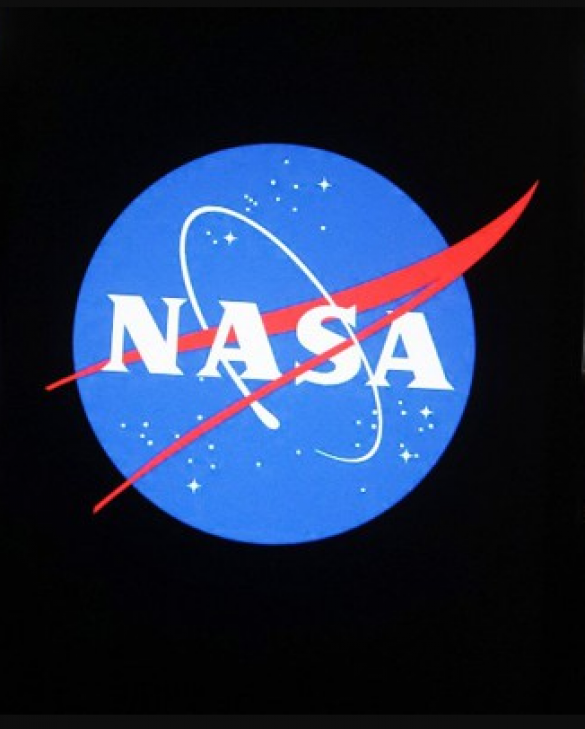
USA: While NASA may focus its innovation efforts this year and in the future on the Artemis mission that seeks to return astronauts to the Moon and eventually Mars, other innovations were investigated in 2022.
The Artemis mission will benefit from some of these innovations. For example, the organization's CAPSTONE spacecraft, which stands for the Cislunar Autonomous Positioning System Technology Operations and Navigation Experiment, is testing a desired orbit around the Moon.
As a way for the capstone spacecraft to determine their position without using dedicated downlinks to ground stations, it also served as a demonstration of the new technology's dependability for future missions.
Also Read: 30 million users' data from Indian Railways was compromised and sold
The Cold Operable Lunar Deployable Arm or ColdArm project is a new robotic arm system that NASA is testing. It can operate without a heater in temperatures down to minus 280 degrees Fahrenheit.
This would be beneficial for the colder temperatures on the Moon and Mars, due to the need for energy-intensive heaters to operate equipment in today's technology.
NASA awarded a $57 million contract in November to build other technologies, such as landing pads and habitats, as well as roads on the Moon.
The organization also awarded contracts for the installation of a solar array system on the Moon to supply energy for the lunar exploration mission Artemis.
Also Read: Google Contacts now has Highlights and Illustrations tools
New technology that could help land people on Mars was also tested by NASA. The agency's Low-Earth Orbit Flight Test of the Inflatable Decelerator, or LOFTID, specifically demonstrates the air heat shield technology that appears to be "protected from the re-entry environment" and has its own advantages of "surviv[ing]" the intense dynamic pressure. achieves the goal. and re-entry heat."
Meanwhile, augmented reality in astronauts' helmets could upgrade their spacesuits. The proposed upgrade aims to improve communications and independence for astronauts, and it could eventually complement or completely replace mission support from Earth to aid in decision-making. Additionally, as part of their training for their mission to Mars, the astronauts can use a new gaming engine.
To use familiar Earth technologies in space, NASA also modified Cisco's Webex video software and Amazon's Alexa digital voice assistant for testing on the unmanned Orion spacecraft. The organization is experimenting with cold air, possibly to advance quantum research aboard the International Space Station.
NASA published images from the James Webb Space Telescope over the summer that showcase the technological advances made since the Hubble Space Telescope, the telescope it replaced.
Nearly all of the water on Earth is being observed by NASA using a new satellite. The Surface Water and Ocean Topography, or SWOT, satellite will survey the entire planet every three weeks and measure the height of water in lakes, rivers, reservoirs and oceans.
Also Read: The next wave of attacks will combine modern technology and cyber recovery
In addition, NASA plans to develop the Landsat Next instrument suite and a PoleCube CubeSat polarimeter mission, as well as study the Low Earth Orbit Microwave Sounder instrument that will be used on the National Oceanic and Atmospheric Administration's LEO Earth Observation System.